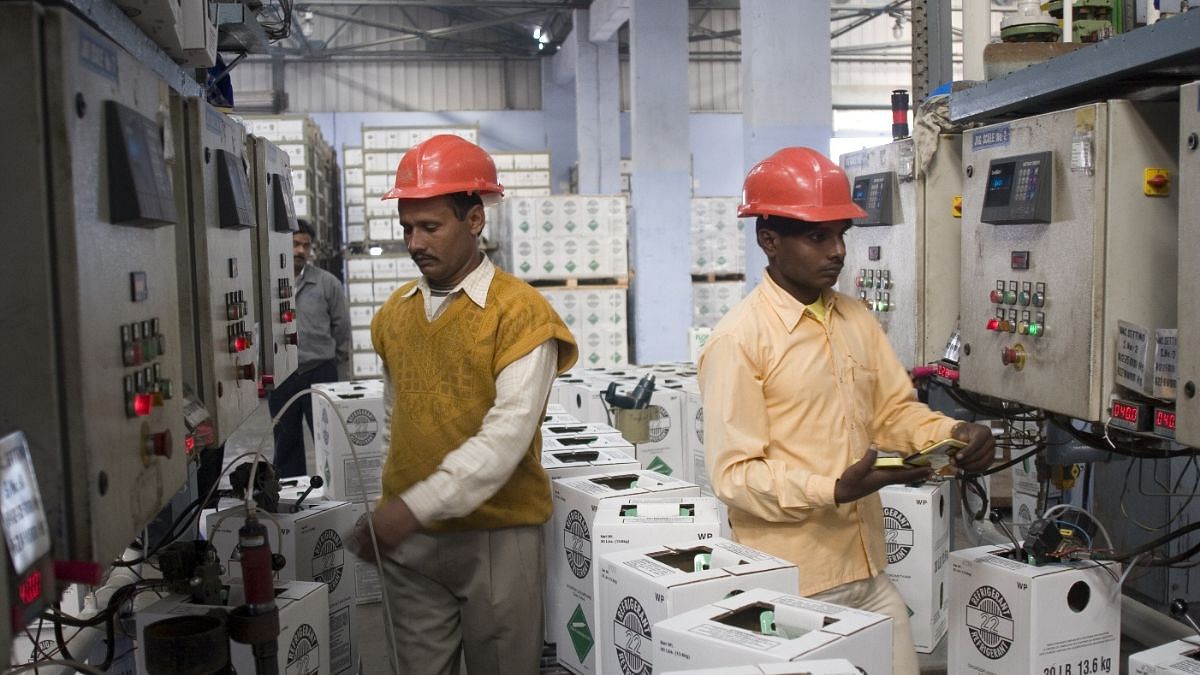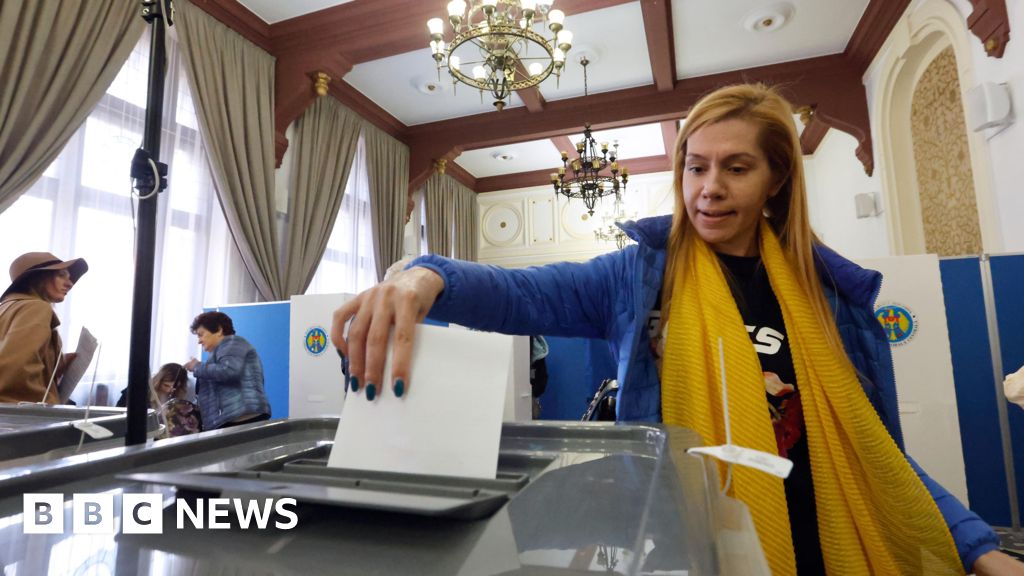- Arvind's Newsletter
- Posts
- Arvind's Newsletter
Arvind's Newsletter
Issue No. @1111
1.Rise of new cities: Meet the new Gurgaons of India that are growing quietly but steadily
The rise of satellite cities like Sri City, Shendra-Bidkin, and Greater Noida is seen as a solution to urban congestion, offering new industrial and residential hubs. Experts emphasise smart planning to ensure these emerging cities foster sustainable growth and balanced regional development.
Sri City in Andhra Pradesh, Hosur in Tamil Nadu, Dahej and Dholera in Gujarat. Manesar in Haryana, Greater Noida in Uttar Pradesh, and Shendra-Bidkin and Navi Mumbai in Maharashtra. These new Gurgaons are promising to be new industrial and population hubs, taking away the pressure from over-congested New Delhi, Mumbai, Bengaluru, Chennai and Ahmedabad. Urban planning and development experts believe these new satellite cities that tap into the overflow from abutting megacities could be the real answer to India’s urban woes.
Sri City, whose body is in Andhra Pradesh but soul in Chennai, brings a unique twist to the concept. This 40 sq km township is located only 55 km from Chennai, and is privately owned.
It’s a distinct corporate-driven model that sets it apart from typical suburban areas. Of the 220 companies, predominantly multinationals, that have made Sri City their base, giants like Kellogg’s churn out cereal, Alstom builds metro coaches, Colgate-Palmolive produces toothbrushes, and PepsiCo bottles soft drinks.
Launched in 2008 in Tirupati district during the Special Economic Zone (SEZ) boom, this satellite city also boasts Asia’s largest chocolate factory. Confectionery titan Mondelez, known for its iconic Cadbury chocolate, set up its Rs 1,250 crore plant here in 2016, cementing Sri City’s status as a powerhouse for global brands. With four seaports and two airports—Tirupati and Chennai — within a 100 km radius, this satellite hub has become a magnet for global investors.
India’s G20 Sherpa Amitabh Kant says Shendra-Bidkin in Maharashtra and Dholera in Gujarat—both designed as sustainable industrial hubs with residential spaces—hold the same potential as Sri City. Shendra-Bidkin, situated near the industrial zones of Aurangabad, is being developed as a hub for export-oriented businesses, while Dholera is envisioned as a cutting-edge industrial smart city, with Tata Electronics recently establishing a semiconductor fab. Read on.
2.‘Midgets making widgets’: New paper by former CEA Arvind Subramanian points that Indian factories are smaller than estimated, less productive
Indian manufacturing firms are increasingly choosing to distribute their workforce across multiple factories in the same state—or ‘multi-plants’—rather than scale up a single plant, new research has found.
This strategic shift has meant that Indian manufacturing has not been able to leverage efficiencies that arise out of increasing scale, which implies it has lost out to much smaller economies such as Bangladesh in labour-intensive sectors such as apparel.
These findings are part of a working paper published by the Madras Institute of Development Studies (MIDS) and authored by Abhishek Anand, visiting fellow at MIDS; Arvind Subramanian, former chief economic advisor to the Government of India and senior fellow at the Peterson Institute for International Economics in Washington, D.C.; and Naveen Thomas, associate professor at the O.P. Jindal University in Haryana.
According to the paper, the phenomenon of firms choosing the multi-plant model has become significantly more pronounced over the past two decades, something the paper refers to as “midgets making widgets”.
The share of multi-plants in none-managerial employment was 25.2 percent in 2022, up from 9.8 percent in 2000. In labour-intensive industries, this grew to 32.6 percent from 9.4 percent over the same period.
3.Bomb scare affects over 90 flights as IndiGo, Vistara and Akasa Air get fresh threats reported The Mint
IndiGo, Vistara, Akasa Air, and Air India are among the Indian airlines facing a new wave of bomb threats, impacting both domestic and international flights. This follows a series of similar threats last week that disrupted air travel prompting increased security measures. On Sunday alone, 24 flights received bomb threats, with six each targeting IndiGo, Vistara, and Air India.
In total, over 90 flights have been affected in the last two weeks, highlighting the ongoing challenge of hoax threats within the aviation industry. The Bureau of Civil Aviation Security (BCAS) is working with airlines to address the issue, and the Civil Aviation Ministry plans to implement stricter penalties, including adding perpetrators to the no-fly list, reports indicated.
The Times of India has reported that the total cost of a bomb hoax can cost the airline over Rs 3 crores.
Meanwhile,The government is planning to revamp rules on the response to bomb threats against flights after a spate of hoaxes have led to widespread disruption and cascading delays.
4.Work on 10 more nuclear reactors underway in country, parliamentary panel told
At least 10 nuclear reactors are being installed in the country while two reactors in Gujarat's Kakrapar have started generating power commercially, the Parliamentary Standing Committee on Science and Technology was informed on Monday.
According to sources, the new nuclear reactors coming up in states like Gujarat, Rajasthan and Haryana are of 700 MW capacity and will start operating in the next few years.
The details of the new nuclear reactors were provided to the members of the Standing Committee of Parliament on Science and Technology, Environment, Forests and Climate Change during a meeting here.
5.Delhi’s air quality drops to ‘very poor’ ahead of Diwali, unlikely to improve soon
The air quality in the national capital deteriorated to the ‘very poor’ category on Monday from Sunday’s ‘poor’ level and is unlikely to improve in the next six days as Diwali approaches.
The decline in Delhi’s air quality is attributed to unfavourable meteorological conditions due to dispersion of pollutants, the Union government's System of Air Quality and Weather Forecasting and Research (SAFAR) said in its latest bulletin. Emissions from sources such as stubble and waste burning are likely to deteriorate air quality significantly, it said.
Delhi’s air quality index (AQI) was 310 on Monday, against 277 the previous day, according to the Central Pollution Control Board (CPCB). AQI is categorized in six groups—good (0-50), satisfactory (51-100), moderate (101-200), poor (201-300), very poor (301-400) and severe (401-500).
6.Moldovans back EU accession talks by razor-thin majority
Moldovans have voted by a razor-thin majority to push ahead with talks to join the EU, results on Monday showed, marking an upset for President Maia Sandu, who had hoped to secure resounding backing for her policy of closer integration with Europe. The landmark referendum asked voters whether the country’s constitution should change to enshrine a commitment to joining the EU after Moldova applied for membership in 2022.
Pro-Russian parties, which Moldovan government officials said were behind a vote buying scheme, had framed the vote as a last opportunity to remain within Russia’s sphere of influence. Moldova has previously accused Russia of backing a separation of Moldovan regions including Transnistria, where Moscow maintains 1500 troops.
7.AI startup Perplexity in funding talks to more than double valuation to $8 bn
Artificial intelligence search company Perplexity has begun fundraising talks in which it is looking to more than double its valuation to $8 billion or more, as startups try to ride the coattails of OpenAI’s recent big investment.
Perplexity has raised three rounds of funding in the past year—an unusually fast pace even by the standards of Silicon Valley. In January, it was valued at $520 million. By this summer, its valuation grew to $3 billion.
Its efforts to raise more money so soon at a substantially increased valuation will be a test of how eager investors are to own a piece of buzzy AI startups showing signs of market traction. OpenAI, whose ChatGPT dominates the market, recently closed one of the largest funding rounds in Silicon Valley history, raising $6.6 billion at a valuation of $157 billion.
Perplexity has told investors it is looking to raise around $500 million in the new funding round, according to people familiar with the matter. The terms could change and the funding may not come together.
The startup’s annualized revenue—an extrapolation of the next 12 months’ revenue based on recent sales—is currently about $50 million, the knowledgeable people said. In March, its annualized revenue was a little over $10 million.
8.What happens to the students wrongly accused of cheating with AI
AI text detectors aren’t 100% accurate, yet are still being deployed like they are.
Bloomberg Businessweek has an important story on the impact of AI in education. Many teachers are worried that students use AI to write their assignments, and they are using tools that can tell original work from AI generated content. There are unintended consequences.About two-thirds of teachers report regularly using tools for detecting AI-generated content. At that scale, even tiny error rates can add up quickly.
“The best AI writing detectors are highly accurate, but they’re not foolproof. Businessweek tested two of the leading services—GPTZero and Copyleaks—on a random sample of 500 college application essays submitted to Texas A&M University in the summer of 2022, shortly before the release of ChatGPT, effectively guaranteeing they weren’t AI-generated. The essays were obtained through a public records request, meaning they weren’t part of the datasets on which AI tools are trained. Businessweek found the services falsely flagged 1% to 2% of the essays as likely written by AI, in some cases claiming to have near 100% certainty.
Even such a small error rate can quickly add up, given the vast number of student assignments each year, with potentially devastating consequences for students who are falsely flagged. As with more traditional cheating and plagiarism accusations, students using AI to do their homework are having to redo assignments and facing failing grades and probation.”
Also read an earlier article in MIT Technological Review.







